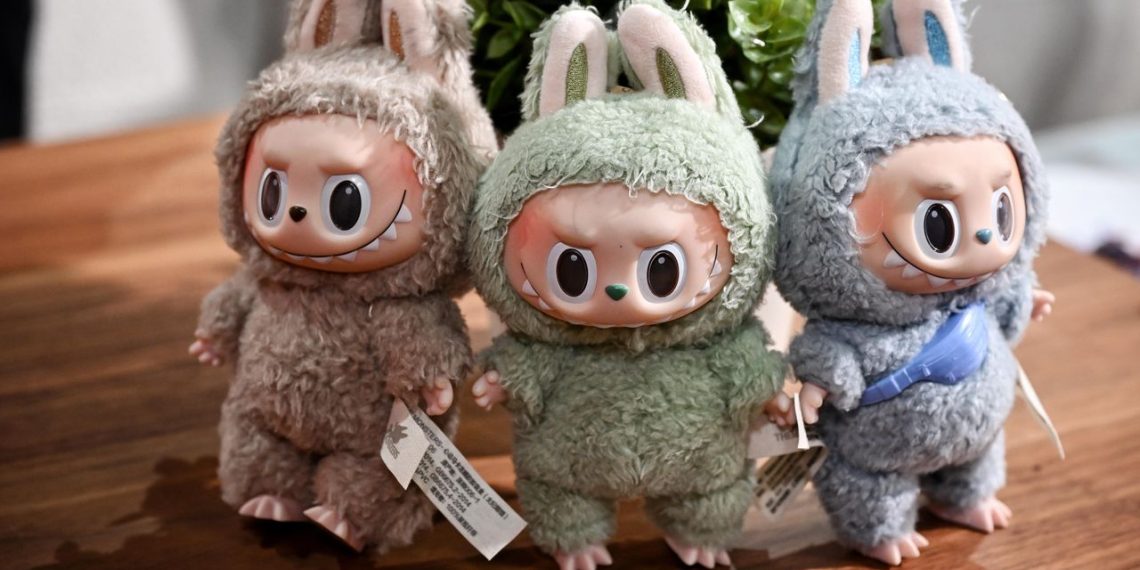LONDON (Realist English). There’s a particular pull to Labubu dolls — the sly grin, the soft fuzz, the crinkle of a blind box just before the reveal. The appeal isn’t only in getting the toy, but in the moment before: the “what if?” that sparks anticipation and keeps collectors coming back. Yet once the thrill fades, an unsettling question emerges: why do we keep chasing more, even when shelves are already full?
Evolutionary roots of collecting
Evolutionary psychology offers one explanation: collecting is an echo of survival instincts. For early humans, gathering and storing valuable resources — shells, tools, food — could mean the difference between survival and scarcity. Over generations, this behaviour may have become hardwired, creating satisfaction in having more than immediate needs require.
Labubu, the wide-eyed creation of artist Kasing Lung and popularised by Pop Mart, channels this ancient drive. The blind-box model mimics ancestral uncertainty: effort invested for an unpredictable outcome, with the lure of a rare “secret” figure. Behavioural science calls this the random reward effect — unpredictability itself drives engagement.
Nostalgia and dopamine
Nostalgia is another driver. In unsettled times, people seek objects that anchor them to a simpler, more secure past. Labubu’s odd blend of cute and uncanny offers that anchor for many adult collectors, contrasting with the sterile minimalism of modern life.
Blind-box collecting also stimulates the brain’s dopamine pathways, similar to gambling. The uncertainty of the reward generates a wanting response, even when the having no longer satisfies. It explains why some keep buying long after their initial goal is met.
When collecting turns into hoarding
Collecting is not inherently harmful. It can encourage creativity, community, and personal expression — from building dioramas to sharing customised displays. But the line into hoarding appears when possessions overwhelm space, create distress, or impair daily life. At that point, the behaviour shifts from adaptive to pathological.
The Labubu craze also mirrors past speculative frenzies like Beanie Babies or Cabbage Patch Kids, where scarcity, hype, and emotional attachment created a boom-and-bust cycle. In such cases, the focus shifts from joy to status or profit, eroding the original meaning of the collection.
Keeping the hunt in balance
The psychology behind Labubu — and similar collectibles — taps into ancient drives for value, novelty, and recognition. Social media, scarcity marketing, and resale culture intensify these impulses. The key is moderation: collect what brings genuine enjoyment and connection, not what feeds compulsion or status anxiety.
Before buying “just one more” blind box, it’s worth asking: does this Labubu spark lasting joy, or is it adding to mental clutter? In the end, Labubu is more than a quirky toy. It’s a mirror reflecting both our evolutionary instincts and modern consumer pressures — and a reminder that even the most charming hobby can, without care, tip from pleasure into obsession.


















